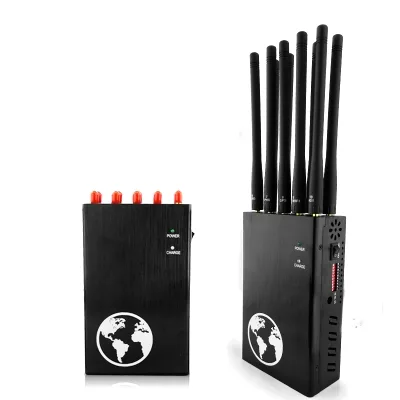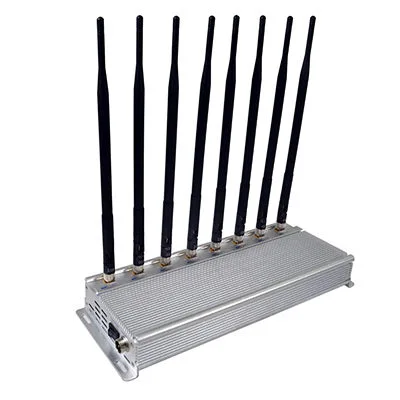In American prisons, prisoners' desire for smartphones such as iPhones, BlackBerrys and Droids even exceeds that of drugs. The US prison system is working hard to crack down on this growing black market for smartphones, but the challenge remains huge.
In 2006, California confiscated 261 mobile phones from prisoners, and by 2010, the number surged to 10,700. As of October 1 this year, California officials have seized as many as 11,400 mobile phones from prisoners, breaking last year's record.
Why are smartphones so popular in prisons? For prisoners trapped in their cells, smartphones mean contact with the outside world, access to endless online information and potential sources of income. For example, a prisoner in New Jersey used his mobile phone to run an identity theft ring and made a profit of $250,000; another death row inmate used a contraband mobile phone to threaten a state senator and his daughter. The presence of smartphones not only threatens the security of prisons, but also raises questions about the management capabilities of the prison system.
Faced with the growing problem of smartphone smuggling, the US prison system needs to take more effective measures to deal with it. A new mobile phone blocking technology approved by the Federal Communications Commission, "Prison Lockdown Operation", shows great potential. This technology was tested at Parchman Prison in Mississippi and blocked more than 216,000 text messages and 600 calls in just one month, with shocking results.
The managed access system (i.e. "Prison Lockdown Operation") is like a virtual cloak covering the prison, blocking information transmission from mobile phones and smartphones. The system can effectively prevent prisoners from engaging in illegal activities through their mobile phones and maintain security and order in prisons.

Although cell phone jammer technology shows great potential, the prison system still has to face escalating challenges. Prisoners are getting more and more creative in where to hide their smartphones, from fire extinguishers, hollowed-out decks of playing cards to cereal boxes, and even digging out space in the walls of their cells and covering them with thin plaster to build so-called "wall safes."
"Cellphones are more important than drugs," explained a former California prison guard. "They are the most serious crime and more dangerous than the guns in the cells." The prison system must constantly update and improve technical means to cope with this escalating cat-and-mouse game.
In general, the popularity of smartphones in prisons has become a major security risk, and the application of jammer technology provides an effective way to solve this problem. In the future, the prison system needs to continue to innovate in technology and management to ensure the safety and order of prisons.




